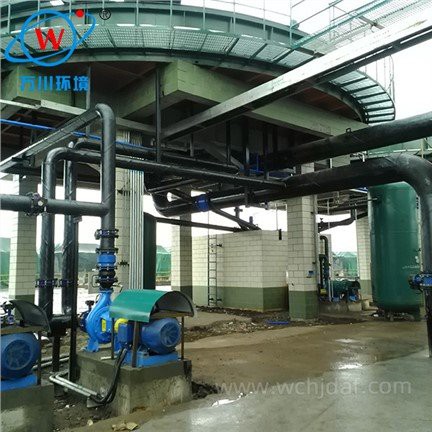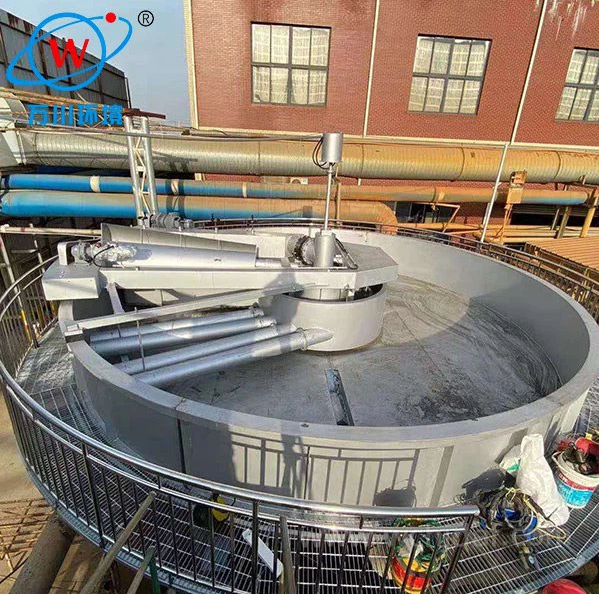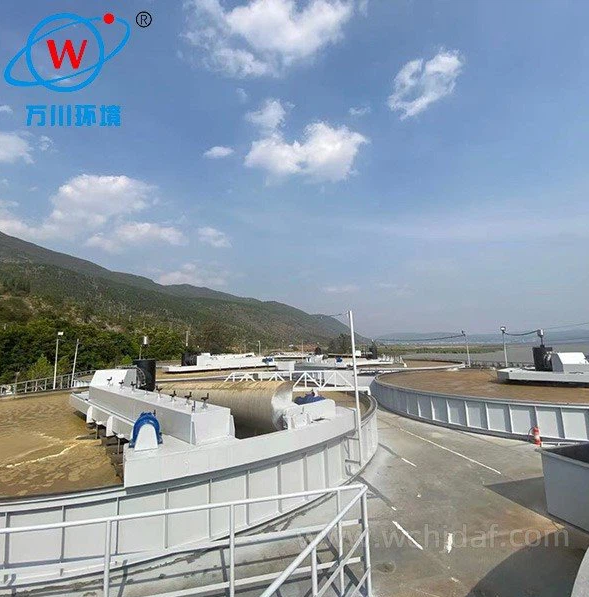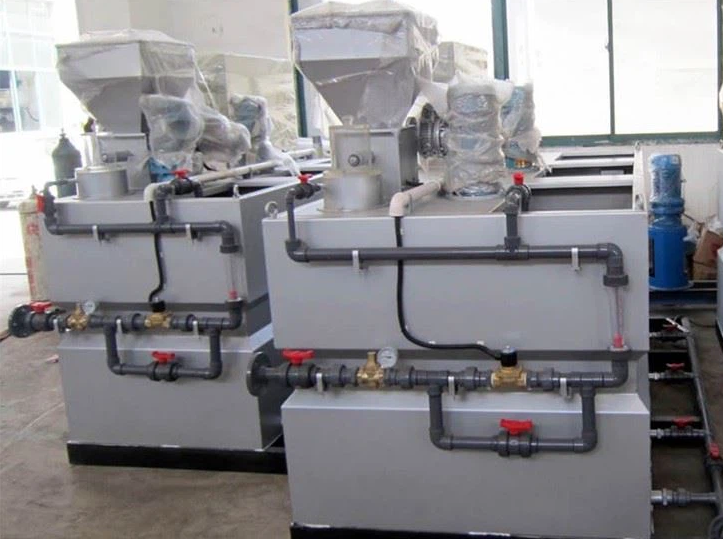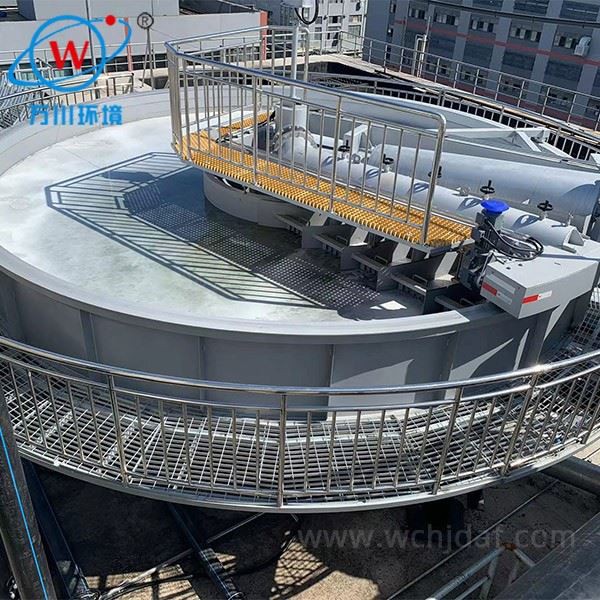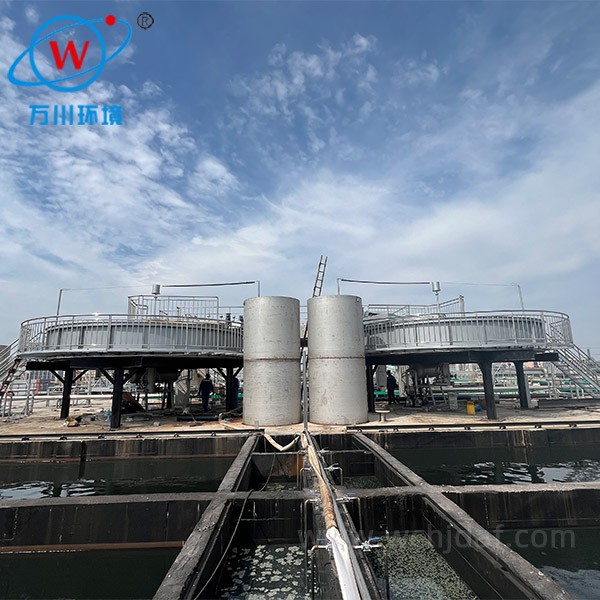Bubble Flotation System Optimization
Key technical parameters and methods to improve flotation separation efficiency through precise control of bubble size and stability
1Adjusting Dissolved Air System Pressure Parameters
Bubble size is controlled by adjusting the pressure in the dissolved air tank. When the pressure is stable, bubbles generated under higher pressure conditions are generally smaller. An appropriate pressure range should be set based on treatment requirements.
Excessively high pressure may lead to an excessive number of bubbles that are prone to coalescence, while too low pressure may result in larger bubbles with insufficient buoyancy. A flow control device is used to ensure that dissolved air enters the releaser at a stable pressure, providing uniform energy conditions for bubble generation and reducing fluctuations in bubble size.
2Selecting an Appropriate Releaser Structure
The releaser's aperture design and internal flow path structure directly influence bubble morphology. Different releaser models can generate bubbles within a specific size range.
Precision micropore releasers are suitable for producing tiny bubbles, while large-aperture releasers produce larger bubbles. Select the releaser type based on the characteristics of the wastewater pollutants. Small-aperture releasers are preferred for treating fine particles, while large-aperture releasers can be used for treating larger flocs to ensure a suitable match between bubbles and pollutants.
3Optimizing Water Pretreatment Processes
Impurities and colloids in the influent water can affect bubble stability. Pretreatment is necessary to reduce water turbidity and contaminant concentrations.
Surfactants in the water should be removed to prevent them from interfering with bubble surface tension and preventing abnormal bubble coalescence or fragmentation. Adjusting the influent pH to an appropriate range can reduce the impact of water quality fluctuations on bubble formation and provide a favorable water environment for bubble stability.
4Controlling Flow Rate and Flow Rate During Operation
Adjust the flow rate and release rate of the dissolved air water. Excessive flow rates can lead to excessive bubble shearing, forming small bubbles, while too slow flow rates can cause bubbles to aggregate and grow larger.
Precisely control the water flow rate using valves to maintain a steady flow at the releaser outlet and avoid turbulence that disrupts bubble formation. Dynamically adjust flow parameters based on equipment load to ensure bubble size consistently matches treatment requirements.
5Appropriate Addition of Auxiliary Chemicals
Adding an appropriate amount of bubble stabilizer can enhance bubble surface strength, prevent small bubbles from coalescing into larger ones, and maintain uniform bubble size.
Select the appropriate agent type based on water quality characteristics to avoid excessive agent dosage, which can lead to bubbles becoming overly stable and difficult to bind to pollutants. Determine the optimal agent dosage through testing, leveraging the agent's surface activity to optimize bubble morphology and improve flotation separation efficiency.
Key Optimization Points for Bubble Flotation Systems
- Maintain stable pressure in the dissolved air system within an appropriate range
- Select the appropriate releaser type based on treatment requirements
- Implement effective water pretreatment processes
- Control surfactant content in the influent water
- Adjust influent pH to the optimal range
- Precisely control the flow rate and release rate of dissolved air water
- Use flow control devices to maintain stable pressure
- Match bubble size to pollutant characteristics
- Add appropriate amount of bubble stabilizer
- Determine optimal agent dosage through testing
- Avoid excessive bubble shearing or aggregation
- Dynamically adjust parameters based on equipment load changes

